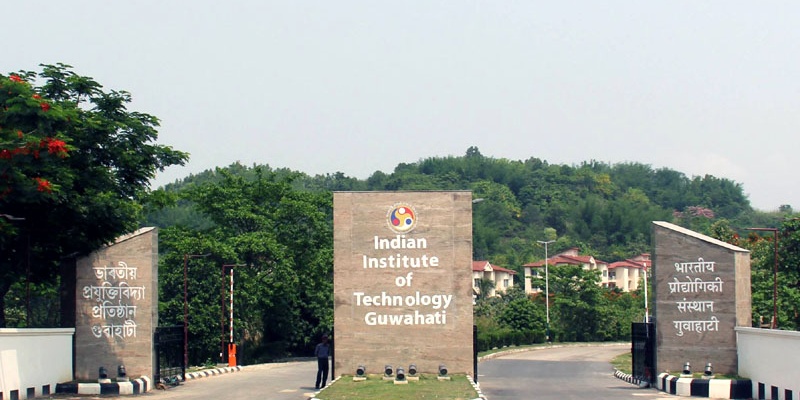IIT Guwahati invents low-cost biodegradable film for wound dressing
Abhijit Srivastava | August 9, 2021 | 03:12 PM IST | 2 mins read
IIT-G: The wound dressing film will also prevent scarring. When mass-produced, it will be ‘50 percent more economical’ than other materials.

NEW DELHI: Researchers at the Indian Institute of Technology (IIT) Guwahati have invented a new material for dressing wounds that is low-cost, biodegradable, transparent and minimises scarring. The new materia, based on the “integration of a synthetic polymer” produces a film which creates a “moist environment” around the wound and is better than wound-dressing materials commercially available at present, a statement from IIT Guwahati said.
Once manufactured at scale, the wound dressing film will be “50 percent more economical” than similar products available in the market.
According to the IIT Guwahati statement, the new wound dressing film is transparent -- making it possible to check the process of healing without removing it -- “super absorbent” and with “adequate mechanical characteristics” which means it can “adjust to the shape of the wound” and prevent scarring.
Aritra Das, a PhD student IIT Guwahati who was involved in the film’s development, said: “This invention of IIT Guwahati has the potential to make a huge impact on the field. It emphasizes upon the integration of a synthetic polymer namely polyvinyl alcohol (PVA) with a natural polymer starch (St) to eventually achieve a low-cost, biodegradable, non-toxic and transparent composite hydrogel.”
Elaborating on the impact of this invention on the real world, Chandan Das from the department of chemical engineering, IIT Guwahati said: “The product has potential to prevent bacterial invention even after it gets swelled under hydrolytic environment and loses its occlusivity. The steady weight loss characteristics presented by the polymer network provides essential release of the components, especially citric acid which secure the protection barrier. Apart from providing an adequate environment towards the growth of the wounded cells, the leached components from the composite as well assist towards the accelerated growth of the healthy cells and tissues.
Elaborating on further tests and scaling-up, Ramagopal VS Uppaluri, department of chemical engineering, IIT Guwahati, said, “The carried-out research has been in an experimental and table top research environment that needs furthering studies towards scale up as well as in-vivo analysis (real world applications). Among these, the scale up related studies can be addressed after targeting the in-vivo analysis using specimens such as wounded rats.”
Write to us at news@careers360.com.
Follow us for the latest education news on colleges and universities, admission, courses, exams, research, education policies, study abroad and more..
To get in touch, write to us at news@careers360.com.